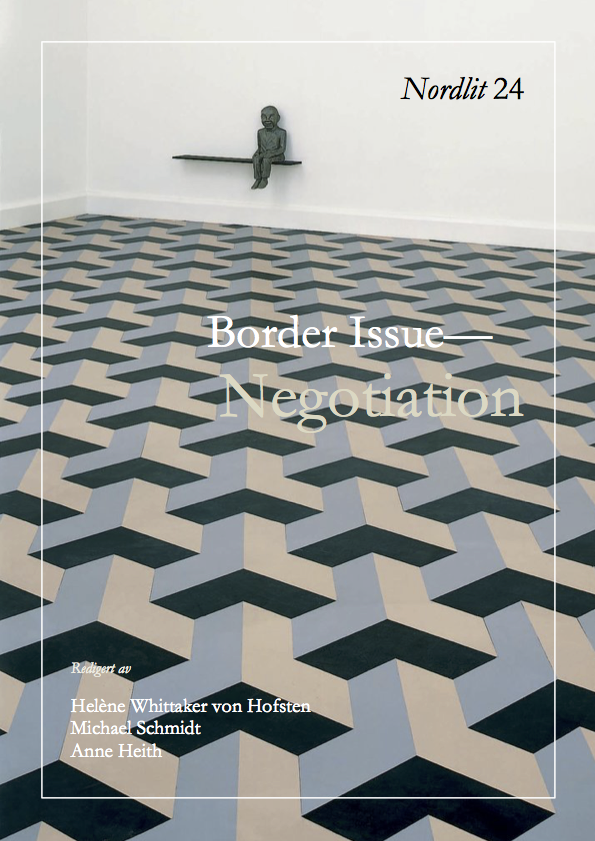Identity Challenges Affecting the Spanish Enclaves of Ceuta and Melilla
DOI:
https://doi.org/10.7557/13.1468Emneord (Nøkkelord):
Spania, Ceuta, Melilla, EU, Marokko, grenselitteratur,Sammendrag
This article will examine the border and identity challenges for the Spanish (semi)enclaves of Ceuta and Melilla, which are surrounded by the Moroccan state. This issue is obviously related to the study of territorial boundaries and more specifically to the EU's relationship with the underdeveloped economic sphere to its south. Indeed, Ceuta and Melilla highlight the double standards of the EU, which was founded to build bridges across borders but at the same time has built barriers (in Ceuta and Melilla actual physical barriers) at its southern border which have underpinned the idea of fortress Europe. Thus, the anomalous geographical location of both Spanish cities exposes them to border and identity challenges as well as to a complex situation of interdependent concentric circles which involves the enclaves (first circle), Spain, Morocco (second circle) and the EU (third circle). The aim of this article is to analyse the three concentric circles, paying special attention to the implications of having African enclaves for an EU state. Finally, the article scrutinises the importance of symbolism and its pivotal role in creating lines of division and political conflict at the local and national level.Nedlastinger
Publisert
2009-03-01
Hvordan referere
Pinos, Jaume Castan. 2009. «Identity Challenges Affecting the Spanish Enclaves of Ceuta and Melilla». Nordlit, nr. 24 (mars):65-80. https://doi.org/10.7557/13.1468.
Utgave
Seksjon
Artikler









